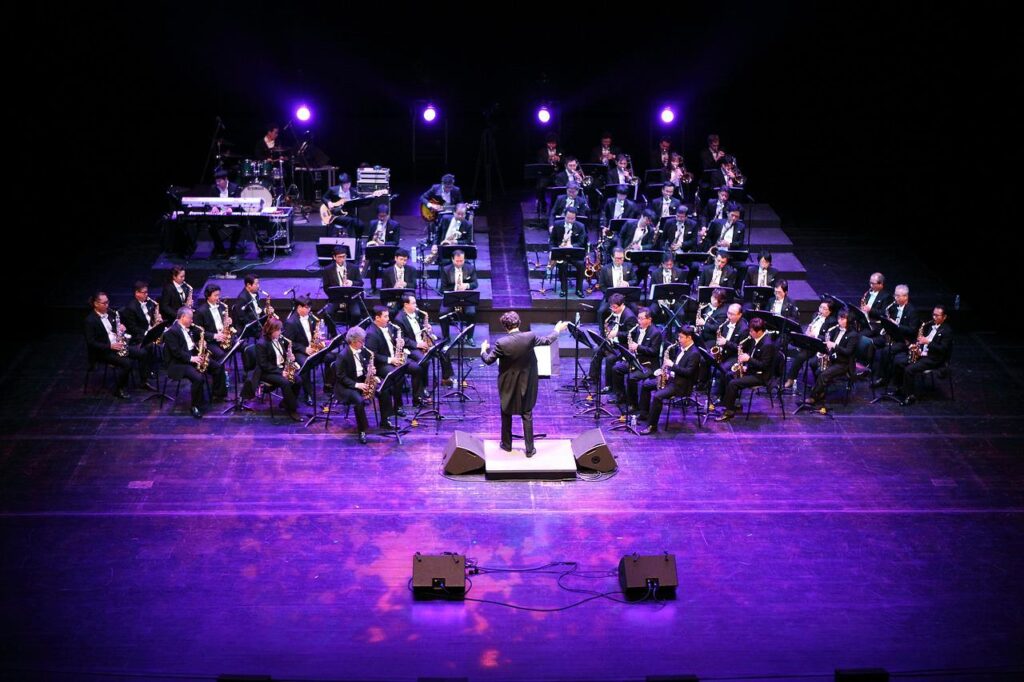Search Topic
A complete guide to Musical Oratorio

An oratorio is a large-scale musical composition for voices and orchestra, typically dealing with sacred subjects and intended for concert performance rather than for worship. Oratorios are extended works, usually with three or more movements, and often require a large choir and symphony orchestra. They originated in early Baroque Italy and continue to be popular today.
What is Oratorio?
Oratorio, is an orchestral work for solo performers, chorus, and orchestra on a sacred or semisacred subject. Scripture is commonly used as the source material for an oratorio, and the narration necessary to move from scene to scene is provided by recitatives sung by a variety of voices to lead up to airs and choruses. The best-known example of a musical oratorio is probably Handel’s Messiah, which is regularly performed at Christmas time.
Elements of the musical oratorio
The musical oratorio is a form of music that is typically religious in nature, and tells a story or moral lesson. It is a type of opera, and is often quite long, lasting for several hours. The musical oratorio generally contains three main elements: the recitative, the aria, and the chorus.
The recitative is a type of singing that is spoken rather than sung. It is used to move the story along, and to provide exposition. The aria is a solo sung by one of the characters in the story.
The oratorio is a large, vocal form of classical music. It originated in Italy in the early 1600s, and typically tells a religious story. The word “oratorio” comes from the Latin word “oratio,” meaning “speech.”
The musical form of the oratorio is unique in that it contains both solo and choral music. Soloists are typically featured in the first and last movements, while the middle movements are typically sung by a choir. The oratorio also features orchestral accompaniment.
The different types of oratorios
An oratorio is a large-scale, usually choral, work of music that tells a story. There are three main types of oratorios: sacred, secular, and mixed.
Sacred oratorios are based on religious texts or stories, and are often written for performance during religious services. Secular oratorios are based on non-religious texts or stories, and are typically performed in concert halls rather than churches. Mixed oratorios are a blend of sacred and secular texts and stories.
Oratorios can be further divided into two main categories: biblical or historical.
Famous musical oratorios
The most famous oratorios are probably Handel’s Messiah, Bach’s Christmas Oratorio, and Beethoven’s Ninth Symphony.
Some of the most famous oratorios are Beethoven’s Christ on the Mount of Olives, Handel’s Messiah, Bach’s St. John Passion, and Mozart’s Requiem. These works have been performed by some of the greatest musicians of all time and continue to be popular with audiences today.
The oratorio, a large and elaborate form of vocal music, has been around for centuries. But what is its future?
Today, the oratorio is considered a dying form of music. However, there are a few composers who are working to keep it alive. One such composer is John Musto, who has written several oratorios
There are several reasons to believe that the oratorio may be on its way out.
First, the form is extremely demanding both musically and technically. It requires a high level of skill from the performers, and audiences often find it difficult to follow the intricate plot.
Second, oratorios are typically quite long, often lasting more than two hours. This can be a major turnoff for listeners, who are increasingly time-constrained.
Conclusion
Musical oratorios are an essential part of the music. They provide a way for composers to showcase their work, and they allow performers to experiment with new styles and techniques. Oratorios can be used to tell stories, convey emotions, and express ideas. They are an important part of musical history and should be studied by anyone interested in music.








